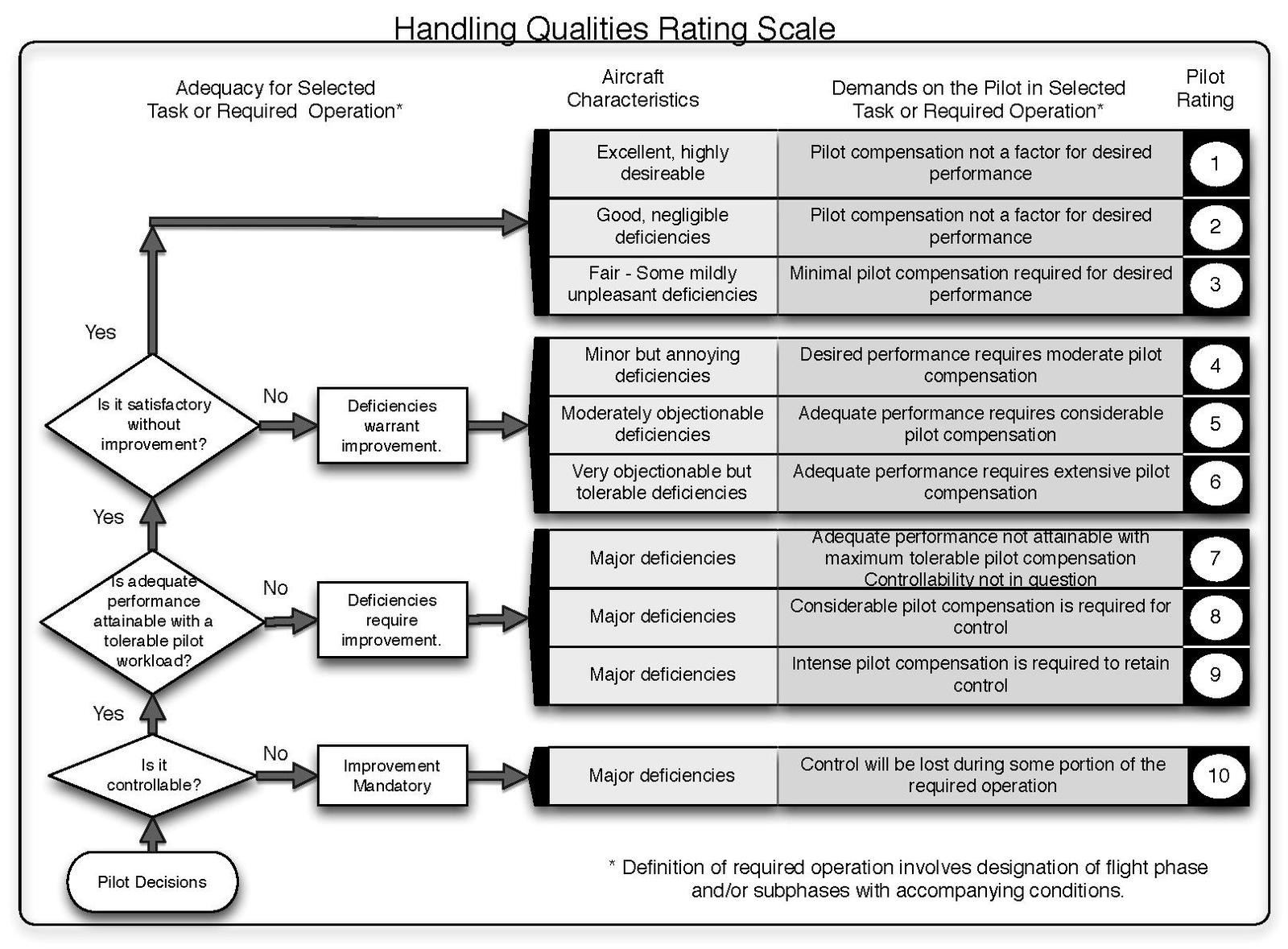After watching the livestreams of Crew-1 and Crew-2 missions, I was curious about the certification the capsule had to go through, especially with the new control panels which seem to be largely touchscreens.
Of course, by now touchscreens are a mature technology. Using a large screen can possibly convey more information than an array of physical buttons and readouts of the same size. It also makes the whole solution smaller (and indeed, the Dragon capsule is roomier than Soyuz, for example). However, touchscreens in industrial and automotive environments have also received criticisms such as: while driving a car it is easier to reach and feel for a button than find it on a touchscreen.
It seems to me that touchscreens present another issue: you can't reliably tell whether your input has been registered or not. With a physical button, you always know if you pressed it or not. With a touchscreen, it can be more ambiguous.
My question is: surely there must have been some tests or certification done by NASA to ensure controls works as expected. Since the control panel of Dragon used such a different setup, were old standards applied or were new ones developed? Are those standards available to look through?
